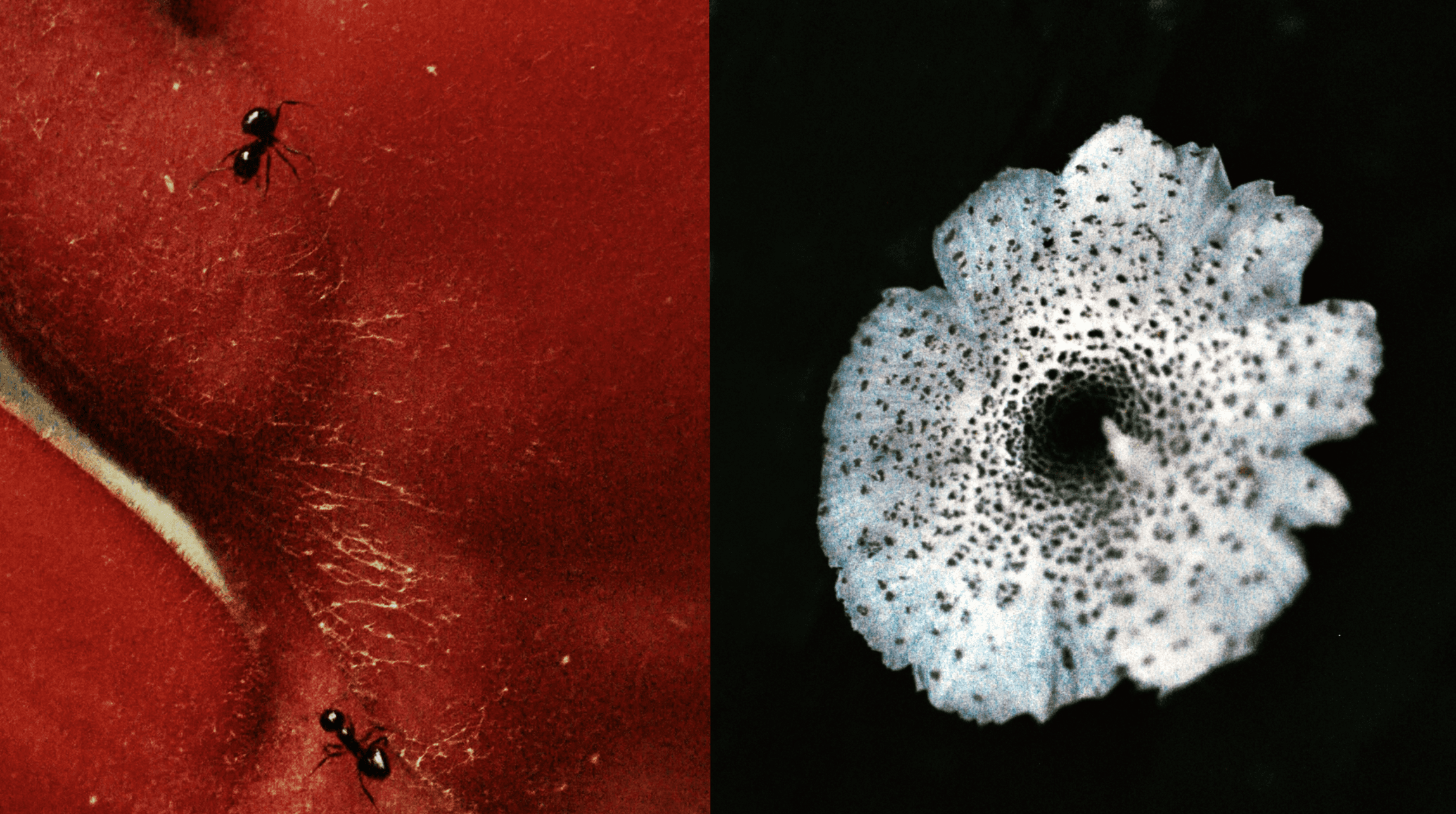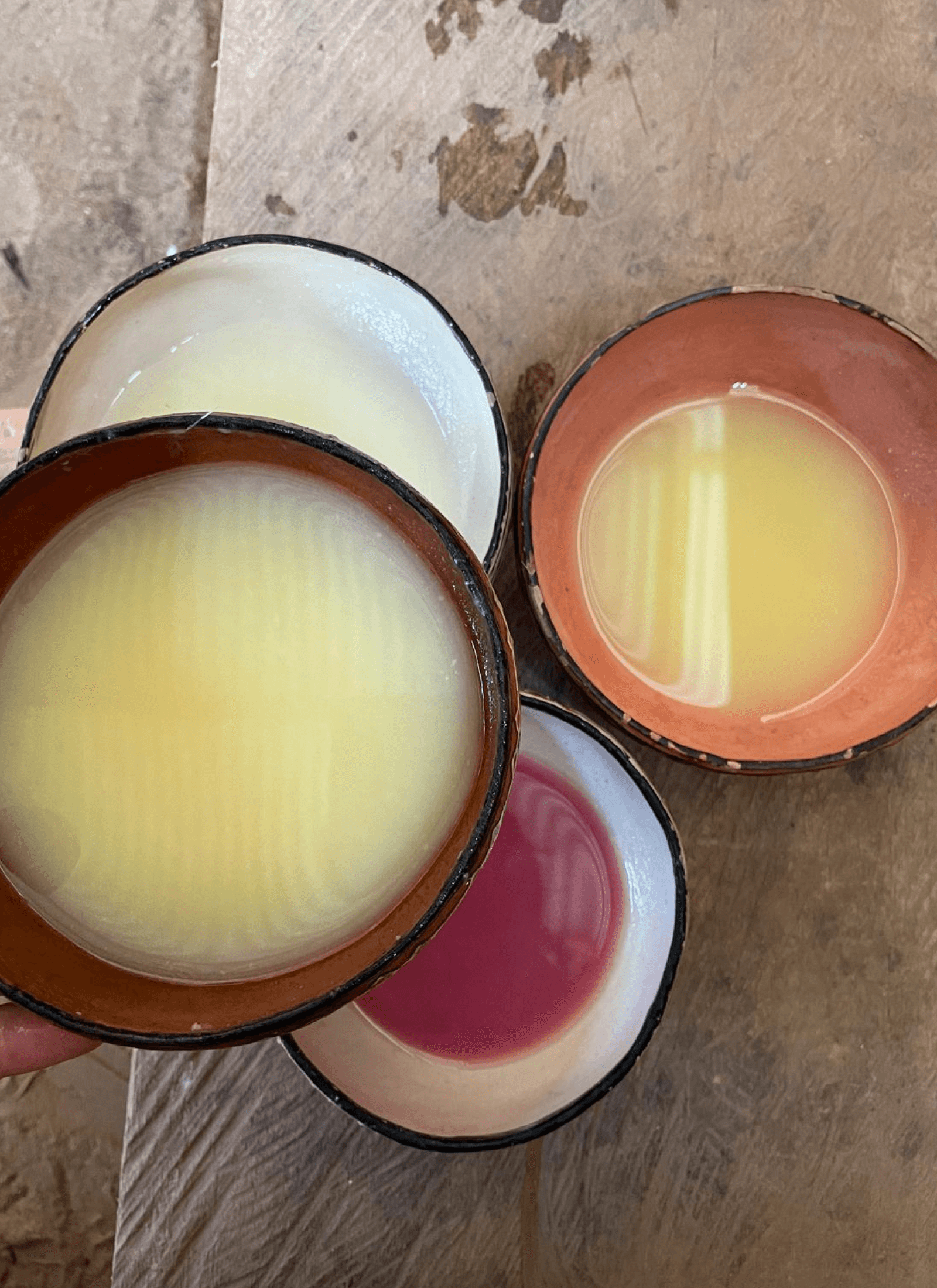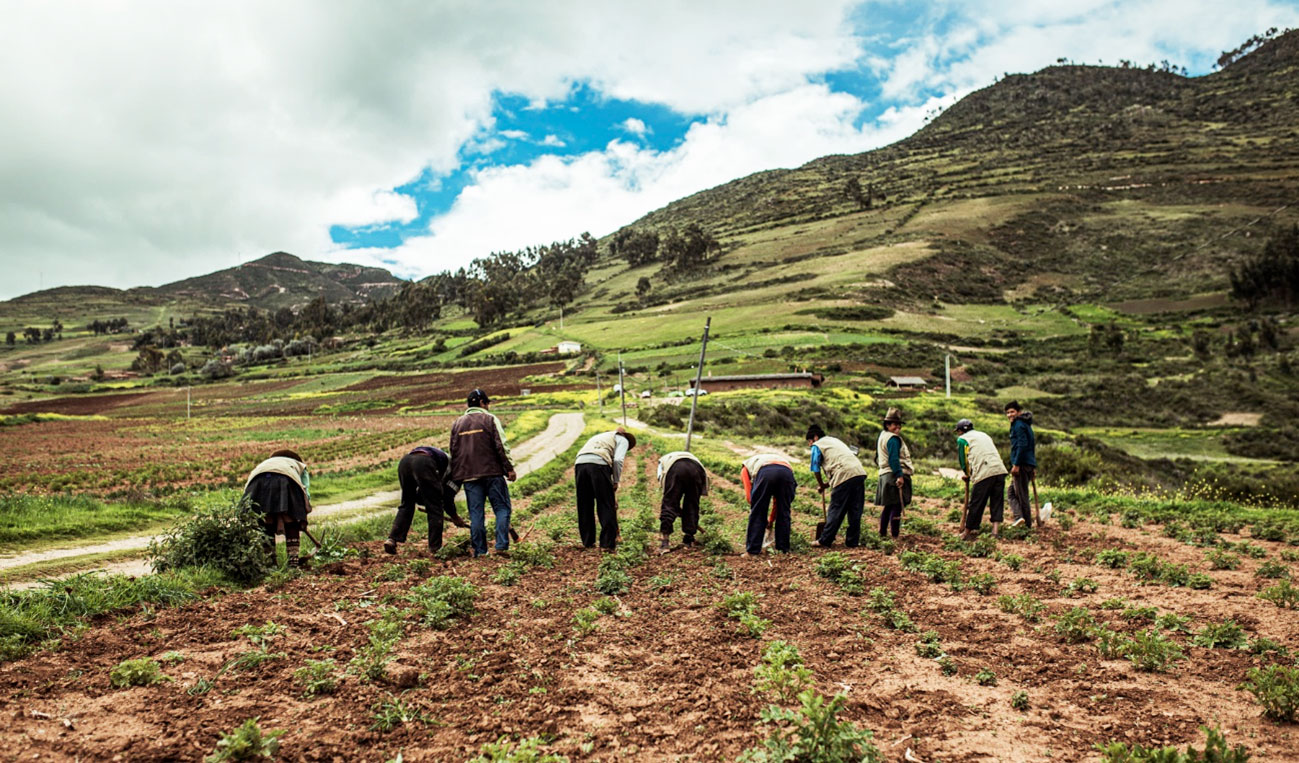The Secret of Stingless Bees
The Delicious Honeys of America
11/01/24
Daniel Quintero
10 min

For the average consumer, honey is a singular product produced by a single type of bee, that black and yellow one that, in the form of a swarm, chased animated series characters—the bees from the hives that Winnie The Pooh dreamed of—the Apis Mellifera. However, this is just one of over a thousand honey-producing bee species worldwide.
Beekeeping caught my attention when one of my best friends decided to raise bees at his home in Chicago. Since then, I have been following news about bees. In 2016, Tom Philpott warned about the disappearance of large quantities of these pollinators due to neonicotinoid pesticides(1). A couple of years later, we heard about stingless bees when there were warnings again about the use of pesticides and the decline of bee populations in Mexico (2). On a recent trip to Brazil, I had the opportunity to meet Eugênio Gomes Basile, a protector of stingless bees (meliponas) and a producer of honey and derivatives. He showed us what he sells through his brand Mbee. During the same trip, we visited an olive oil producer who talked about renting hives to pollinate plants, reminding me of a recent news story about stolen beehives (3).
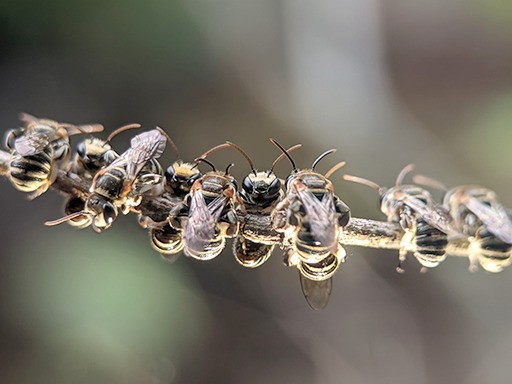
HOW LONG HAS HONEY EXISTED?
Cave paintings from 7000 B.C. show records of beekeeping. However, fossils of bees date back 150 million years (4). Their "magical" properties and versatility have given them a significant place in history. Egyptians used honey as a sweetener, a gift to the gods, and a liquid for embalming, with earlier records from 2400 B.C. near Cairo, where bees were depicted in hieroglyphs as offerings to the pharaoh.
The Greeks saw honey as food and medicine, with recipes full of treats, cakes, and cheeses with honey described in one of Euripides' dramas in the fifth century B.C. as "completely immersed in the rich golden honey of bees" (5).
The Romans used it as a gift to the gods and in cooking. Beekeeping flourished during their empire, and when Christianity was established, honey and beeswax production increased due to the demand for candles for churches.
With the arrival of sugar during the European Renaissance, honey began to be used less. However, bees were considered to have special powers and were used as symbols. Pope Urban VIII used them as an emblem; even Napoleon's flag had a row of bees flying in line, with bees embroidered on his robes.

IN OUR CONTINENT
Worldwide, the history of honey as medicine is extensive. There are records of its use as a balm, intoxicant, and even poison. For thousands of years, indigenous peoples in tropical regions have harvested honey from dozens of bee species, many stingless bees known as "meliponas." Their distribution is restricted to tropical and subtropical areas of Africa, Asia, Australia, and America, but they are more diverse and numerous in South America.
These are social insects with a queen and many workers. They cannot sting, making them less dangerous to raise than European bees. However, even though they lack a sting, some can bite.
Due to the wide variety of stingless bee species, breeding these insects can be complex. The Maya developed methods to raise these bees on the Yucatán Peninsula with practices that still survive, with little change. Indigenous peoples harvested from wild hives, and in Brazil, we saw how widespread and sophisticated meliponiculture is in the country.
It is estimated that there are more than 400 different species in America (6), located in wooded areas, mostly at low and medium altitudes, but some in the high Andean forests at over 2000 meters above sea level. These are traditionally raised in wooden boxes, logs, or hives to extract wax, honey, or pollen.
Each country recognizes them by different names. One prevalent and widely distributed species is known as "Ramichi" in Peru, "Jatay" in Brazil, "Mariquita" or "Mariola" in Costa Rica, and "Angelita" or "Virgencita" in Colombia.
Stingless Bees produce honey with chemicals that prevent the growth of fungi and microbes, an adaptation that prevents their honey from spoiling in the tropics. Given the incredible biodiversity of plants in the Amazon and the botanical chemicals bees mix into their honey and waxes, it is not surprising that their honey is highly valued medicinally. These honeys are known as "miracle liquids" (7).
THE IMPORTANCE OF BEES
Unlike "Apis mellifera," stingless bees store their honey in special compartments in the hive called "honeypots," allowing easy access to extract the liquid, providing a constant income source for melicultors without harming the bees.
These bees are more selective when it comes to pollination, preferring indigenous plants, making them essential for the health of their ecosystem. Among their favorite plants to polinate in Loreto are the “Grado tree” (Croton lechleri), from which they use resin to build their hives and annatto and camu camu. Studies show that when kept near crops, they can help increase yields by almost fifty percent.
Stingless bees offer an alternative to commercial beekeeping, where each hive is mobilized to pollinate entire crops, causing significant losses of workers and stress on the hives.
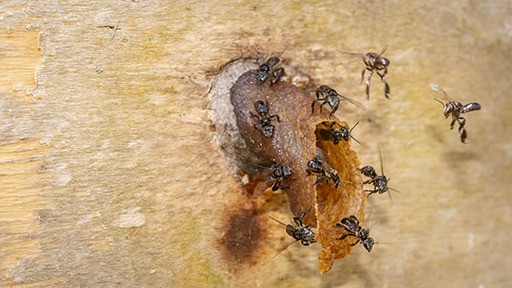
THE FLAVOR
The honey from Apis Mellifera gets its flavor from pollination; for example, if the bee pollinates eucalyptus, avocados, or flowers, the taste is different. In contrast, the taste of stingless bee honey results from each species' enzymatic process, making it unique. In Brazil, we could taste 12 different varieties and see their work to promote knowledge of these species and their honey consumption with flavor profiles ranging from sweet floral, citrus, acidic, and herbal to lactic, almost cheese-like. Each one comes from different regions of the country.
Marketing honey by species, by-products such as pollen, waxes, or prepared as Mead, together with the multiplication hive boxes in urban gardens and major hotels and restaurants, helps expand awareness of their existence and the need to protect these pollinators.
USES WITHIN MATER
When I tried the non-alcoholic pairing at Central, I was introduced to a drink with "Miel de Palo," one of the local names given to this honey because stingless bees in the wild use fallen trees as their nests. They work with different communities from Chazuta in the San Martin Region and from San Genaro in Iquitos, Loreto Region, using specific profile honey that is processed at Casa Tupac and adapted for their pairings and spirits. The consistency, sweetness, and unique flavor profiles are exceptional elements in cocktail preparations.
They offer a digestive cocktail from the Selva Baja bar that combines this honey with rough lemon and Caña Mater. Also, the Lulo and Kjolle rum cocktail, or the cocktail with black chili and Amazonian Spirits, are cocktails that explore the properties of honey. Additionally, the Coastal Hills distillate, developed by Mater Liquids, uses "miel de palo" from Piura, fruits and seeds from the regions of Cajamarca, Lambayeque, and Trujillo. These preparations allow honey to reach distant scenarios, such as the restaurant MAZ in Japan or itinerant experiences like MASL in Singapore in 2022.
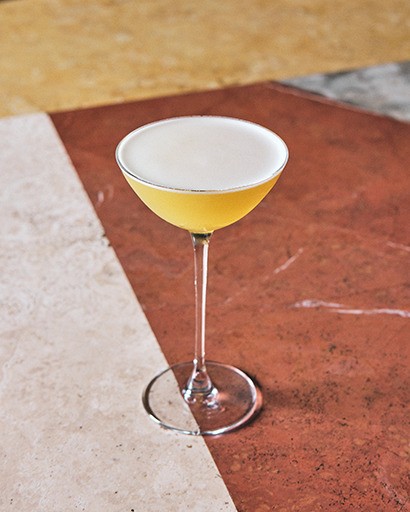
Stingless bee honey allows the development of gastronomy in different parts of the chain, contributes to the health of the ecosystem, uses local pollinators to increase production, stimulates the economy of communities that operate these insect products as additional sources of income, and adds complexity of flavor and texture to preparations.
Sources:
(1) KCRW Good Food, Investigating the Health of Honeybees
(2) Sadie Witkowski - Mexico's Endangered Stingless Bees Mysteriously Find A Sweeter Home In Cuba
(3) Elina Shatkin y Andrea Domanick - Trucking Bees and Beehives
(4) British Honey Importers and Packers Asociation - History
(5) Hilda M. Ransome - The Sacred Bee in Ancient Times and Folklore
(6) Claus Rasmussen y Cesar Delgado - Abejas sin aguijón en Loreto Perú
(7) Douglas Main - These stingless bees make medicinal honey. Some call it a ‘miracle liquid.’
IG: @danielquintero
Photos: Camila Novoa @camilanovoaok
Adobe Stock

